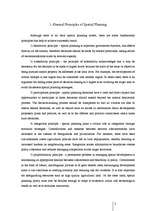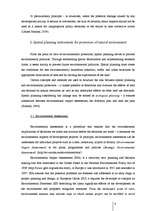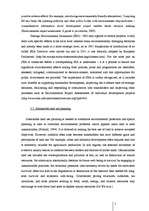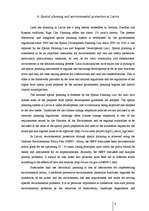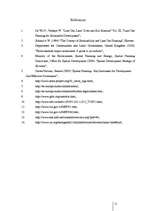1. General Principles of Spatial Planning
Although there is no ideal spatial planning model, there are some fundamental principles that help to achieve successful result:
1) democratic principle – spatial planning is important government function, that affects directly all the society, therefore decisions should be made by elected politicians, taking advice of recommendations made by relevant experts;
2) subsidiarity principle - the principle of subsidiarity acknowledges that it may be necessary for the decision to be made at higher levels because the scale of the issue or objective being pursued cannot properly be addressed at the local level. For example, the development of certain biotope in one region may be concerned with another region. In these cases, there is an argument for ceding some parts of decision-making to a higher level covering the larger area to avoid incoherent spatial planning strategies;
3) participation principle - spatial planning decisions have a wide and direct impact that opportunities to participate in those decisions should extend beyond the normal democratic process. The decision-making process should be transparent so that all citizens are able to reason behind decisions, as well as should have an access to information about development proposals, plans and policies, as well as to the officers and political committees which make such decisions.…


